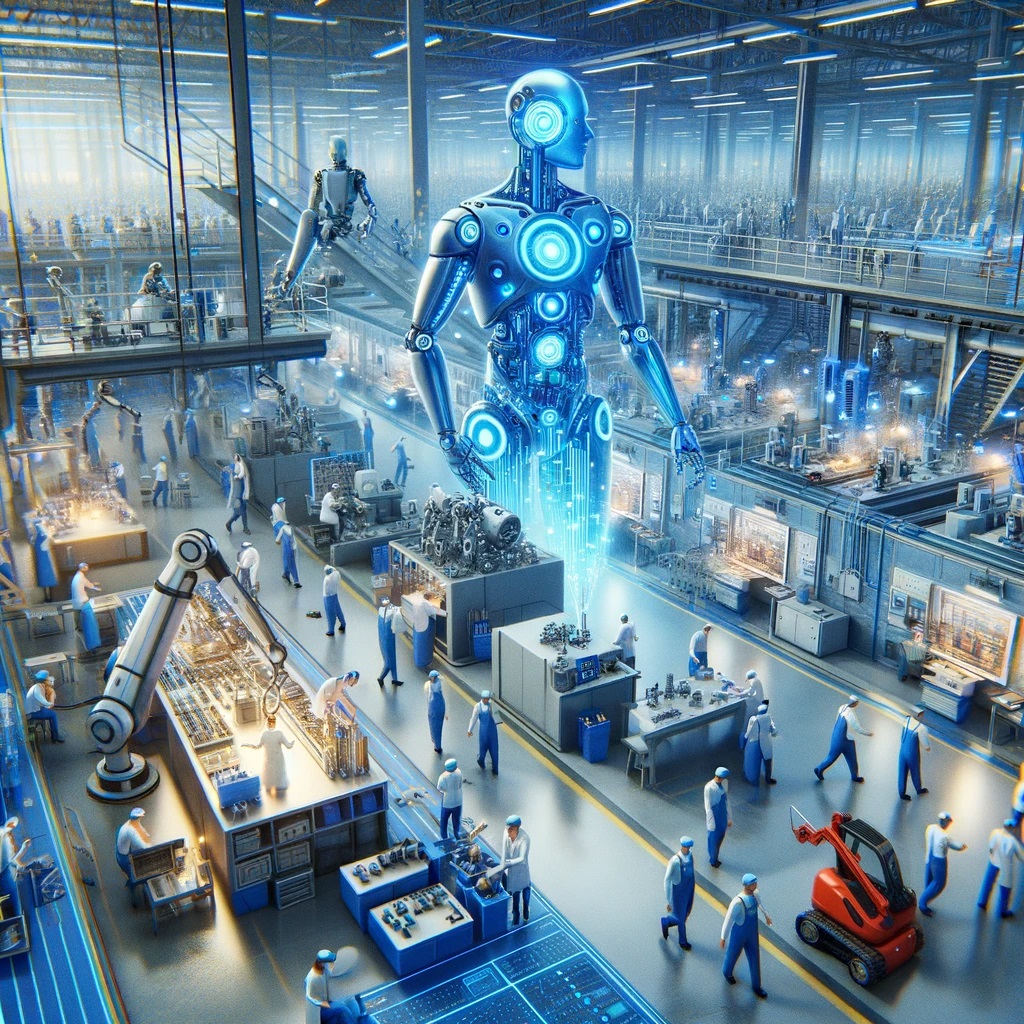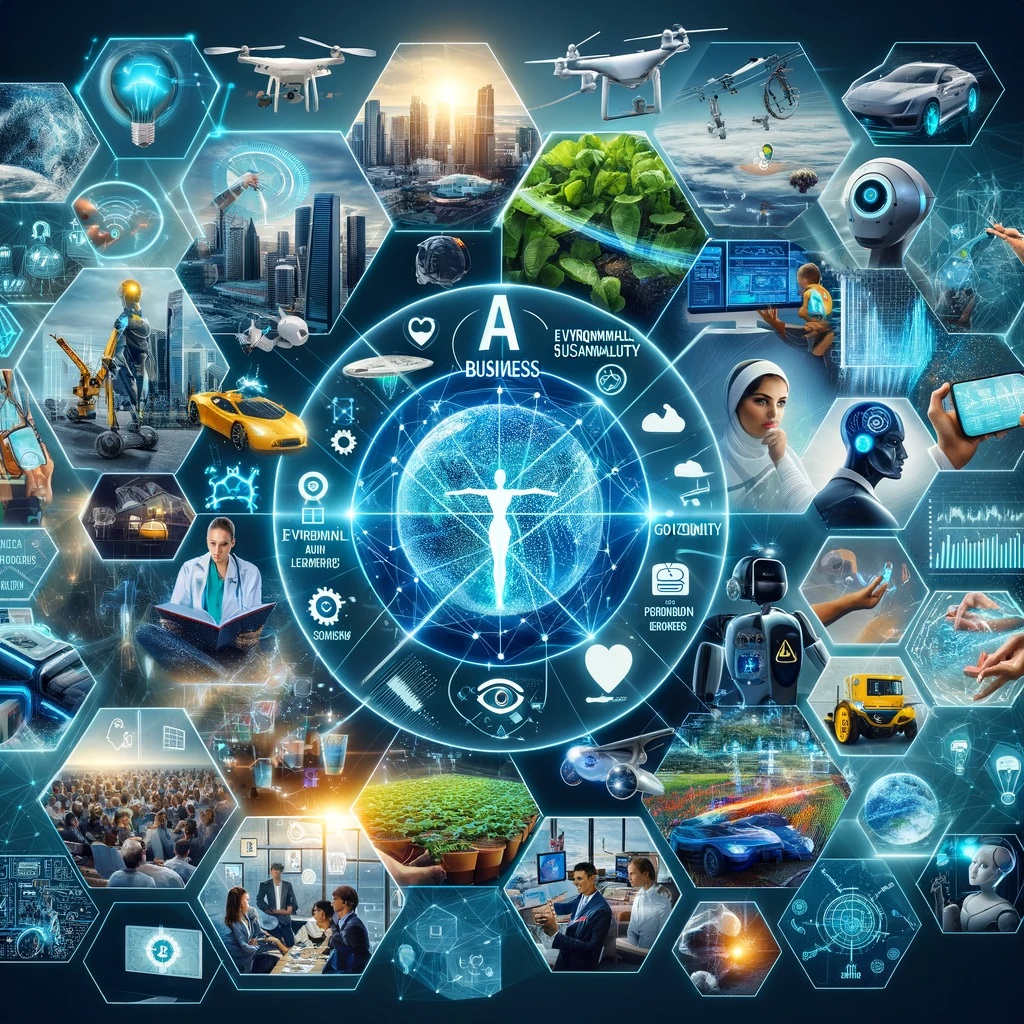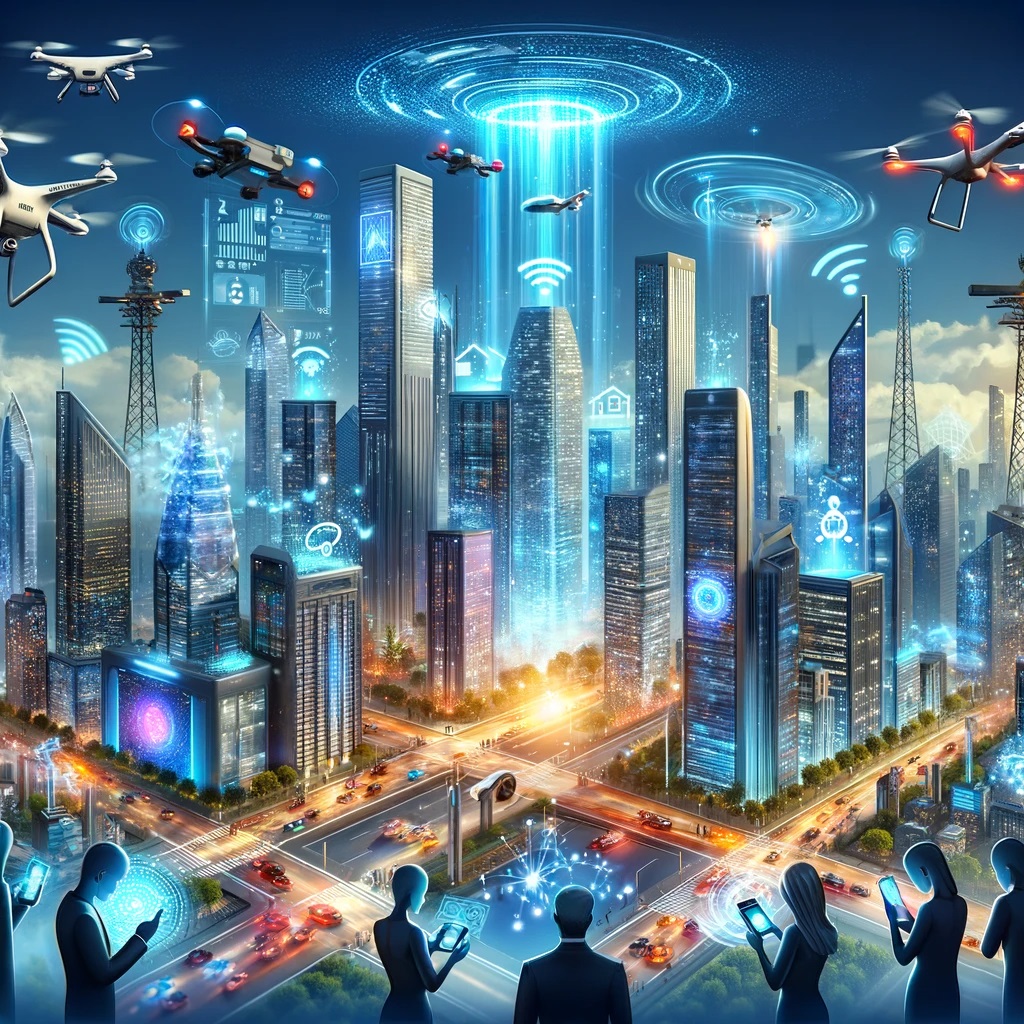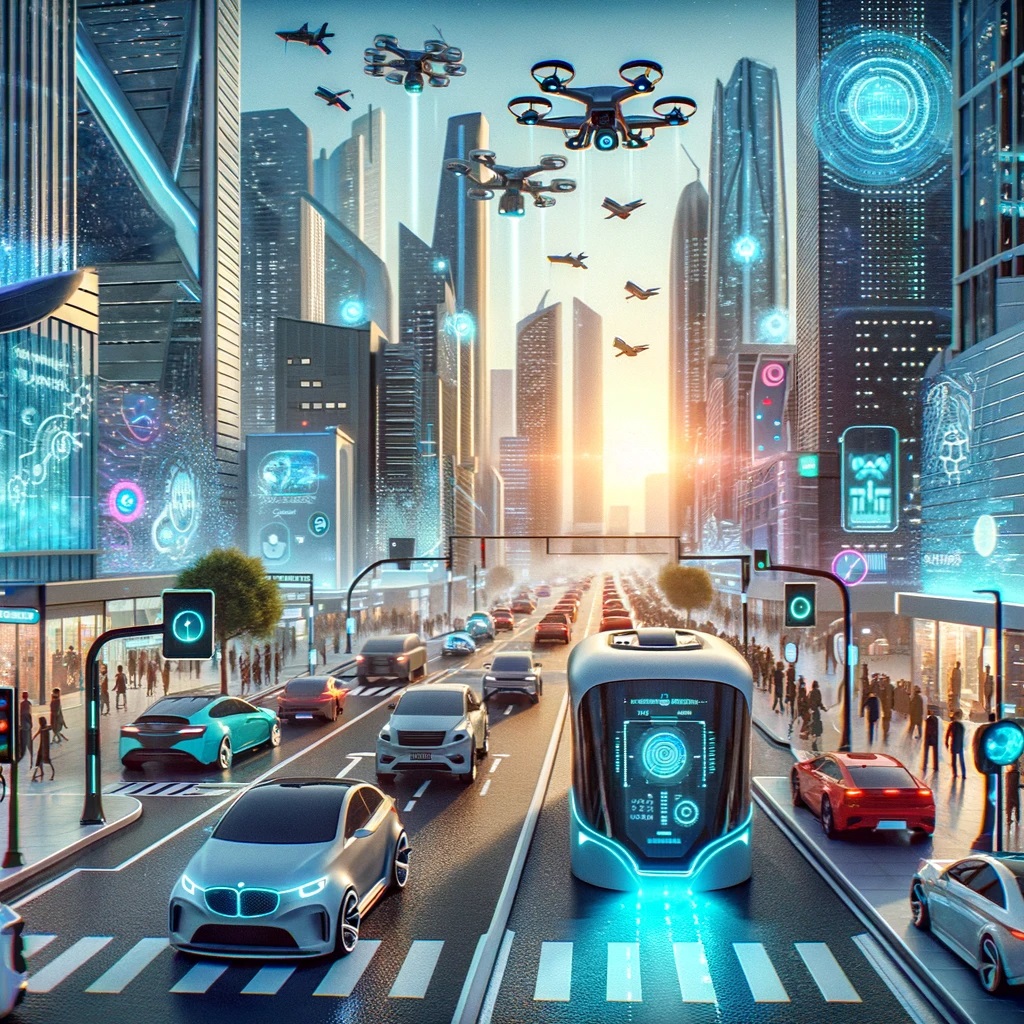The integration of Artificial Intelligence (AI) into various industries has sparked a robust conversation about the future of blue-collar workers. Amidst technological advancements, questions arise concerning the balance between AI tools’ efficiency and the indispensable human touch in sectors like manufacturing, construction, and transportation. While AI promises increased productivity and the ability to tackle complex tasks with precision, the enduring value of human skill and adaptability in blue-collar jobs continues to fuel debates.
Use of AI for Blue Collar Workers
The integration of Artificial Intelligence (AI) is revolutionizing the landscape of blue-collar industries, instigating significant strides in productivity and safety. Blue-collar workers, often engaged in manual labor such as manufacturing, construction, and maintenance, are witnessing a transformation in their roles, as AI-driven automation and robotics are introduced into their work environments. These advancements not only augment the efficiency of tasks traditionally performed by humans but also open up opportunities for workers to engage in more complex, less physically demanding roles. AI’s predictive analytics and machine learning capabilities are further enabling blue-collar sectors to reduce workplace accidents, optimize resource allocation, and streamline operations.
As AI continues to permeate the blue-collar sector, it is reshaping the skill sets required for these professions. Workers are now expected to collaborate with intelligent systems, leading to a demand for digital literacy and adaptability. AI applications in these fields range from the use of drones for surveying construction sites to smart wearables that monitor the health and safety of workers in real-time. By harnessing AI, companies are not only enhancing productivity but also fostering a safer, more dynamic work environment for blue-collar professionals. This digital shift signifies a new era for the industrial workforce, one where AI is an empowering tool that complements the irreplaceable value of human labor.
The Potential for AI to Replace Blue Collar Workers
The emergence of artificial intelligence (AI) technologies is transforming the landscape of the labor market, with blue-collar occupations being directly influenced by these advancements. AI’s integration into various industries is automating processes that were once manual, prompting extensive discussions about the future of blue collar workers. From assembly lines in manufacturing to intricate sorting systems in logistics, AI applications are boosting productivity and efficiency, yet they also present complex questions regarding job security and skill requirements for workers traditionally engaged in these trades.
The conversation around AI’s role in blue collar jobs is not only about displacement but also about the evolution of these professions. AI-assisted tools are becoming common, and they are expected to work synergistically with human workers to achieve tasks that were previously challenging or hazardous. The focus now shifts to how blue collar roles are being redefined in an AI-driven era, highlighting the need for reskilling and the potential creation of new job opportunities that blend technical savvy with hands-on work. As industries lean into this technological integration, understanding AI’s potential influence in crafting a future-ready workforce becomes increasingly vital.
How Can AI Enhance Blue Collar Workers’ Productivity?
In the rapidly evolving workplace, Artificial Intelligence (AI) stands as a transformative force, especially for blue-collar workers whose roles are traditionally hands-on and labor-intensive. The integration of AI into these sectors opens a new horizon for enhancing productivity. By leveraging AI tools, blue-collar workers can streamline complex processes, reduce manual errors, and expedite production times. AI-powered robots and machinery can assume the burden of physically demanding tasks, allowing workers to focus on more strategic activities that require human insight. Moreover, AI-driven analytics provide real-time data for better decision-making, ensuring that operations run smoothly and efficiently.
The potential of AI extends beyond mere automation; it allows for skill augmentation among blue-collar workers. Training programs powered by AI can personalize learning paths, allowing workers to acquire new competencies swiftly and effectively. Digital assistants equipped with AI can offer on-the-job guidance, reducing downtime and boosting overall work quality. As AI continues to evolve, it empowers blue-collar workers to achieve unprecedented levels of productivity and safety, ensuring they remain invaluable assets in an increasingly competitive and technological workforce. The collaboration between humans and intelligent machines signals a new era of productivity, where blue-collar work is redefined through the smart application of AI technologies.
What Skills Can Blue Collar Workers Develop to Work Alongside AI?
As the integration of artificial intelligence (AI) into various industries becomes commonplace, blue-collar workers find themselves working alongside advanced technologies more frequently. The need to adapt is paramount for job security and advancement within these tech-augmented environments. To remain competitive and relevant in the workforce, blue-collar workers should focus on developing a blend of technical and soft skills. Technical skills such as troubleshooting, machine operation, and data interpretation will be vital, as many AI systems will still require human oversight for maintenance and decision-making. Soft skills, on the other hand, like problem-solving, critical thinking, and effective communication, will enable workers to manage unpredictable situations and collaborate effectively with AI systems.
While AI may assume many manual tasks, the ability to work with and alongside these systems is an emerging requirement. Blue-collar workers should invest time in learning how to interact with AI, understanding its capabilities, and staying up-to-date with innovations in their respective fields. Digital literacy, which includes the ability to use computers and navigate software, is becoming indispensable. Additionally, developing skills in AI supervision, including the ability to monitor AI performance and intervene when necessary, prepares workers for a future where they act as the link between automated processes and the need for human judgment. As blue-collar roles evolve with AI adoption, cultivating these skills ensures workers are not replaced but enhanced by technological progress.
What are the Ethical Considerations of Implementing AI in Blue Collar Jobs?
The integration of Artificial Intelligence (AI) into blue-collar jobs raises significant ethical considerations that bear scrutiny as we advance into an increasingly automated future. AI-driven technologies have the potential to revolutionize industries such as manufacturing, transportation, and construction, promising enhanced efficiency and safety. However, these advancements come with a plethora of ethical dilemmas, including the impact on workforce displacement, redefining the nature of work, and the consequences of reduced human oversight. Concerns regarding fair labor practices, workers rights, and the socioeconomic fallout from potential job losses are at the forefront of debates on AI ethics in the blue-collar sector.







